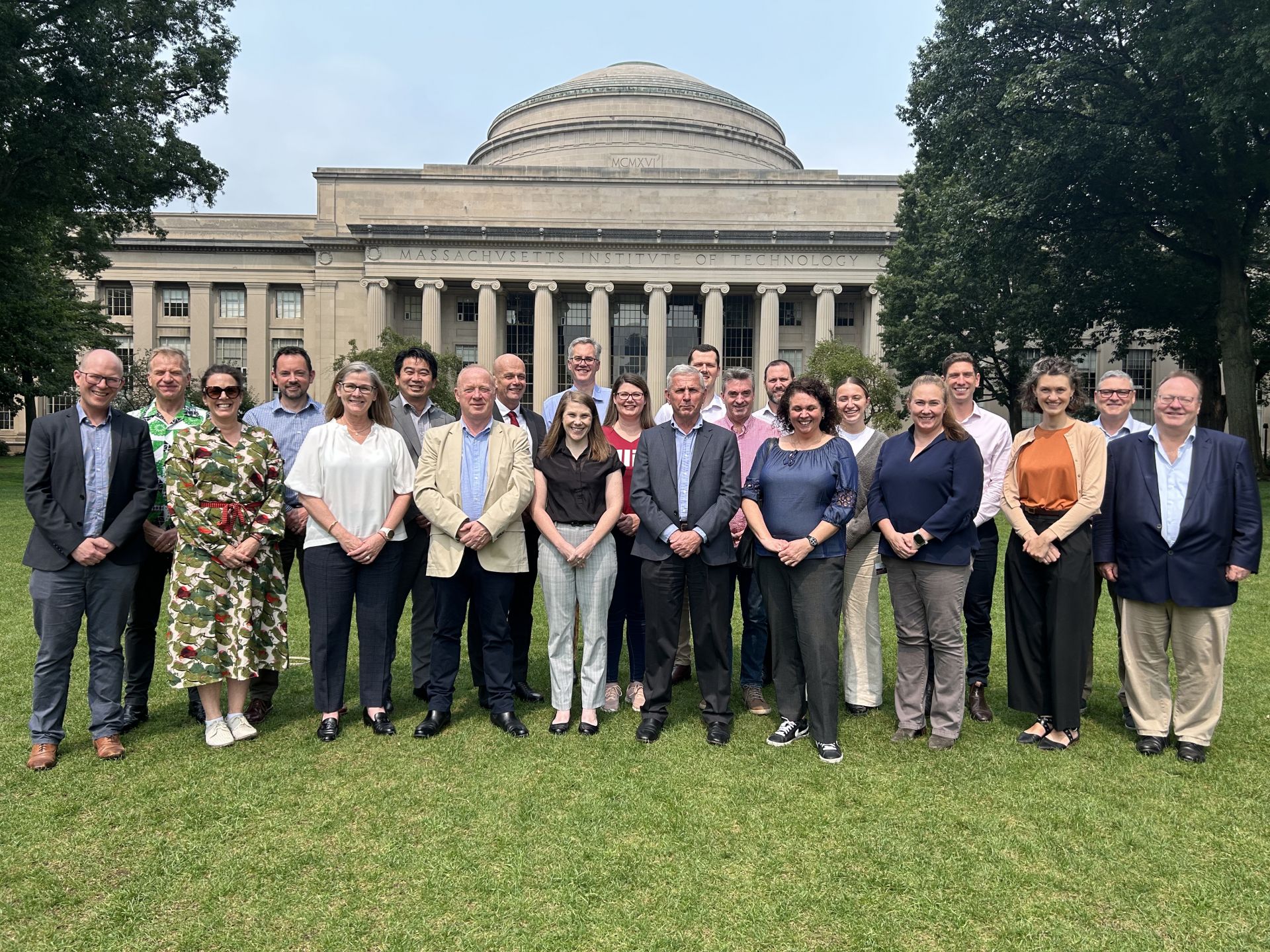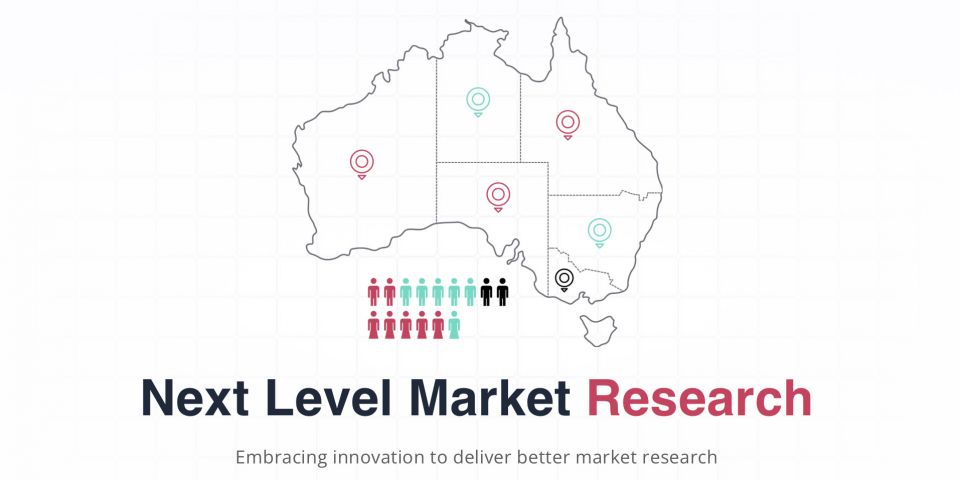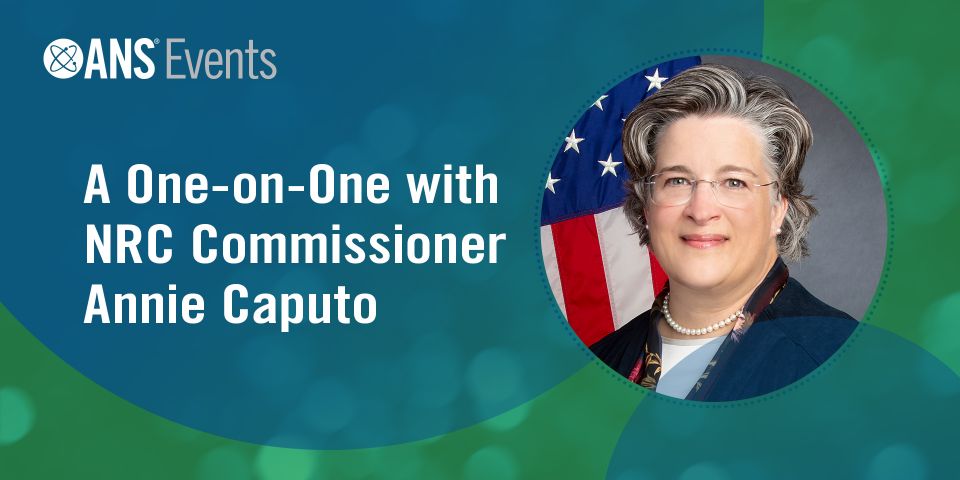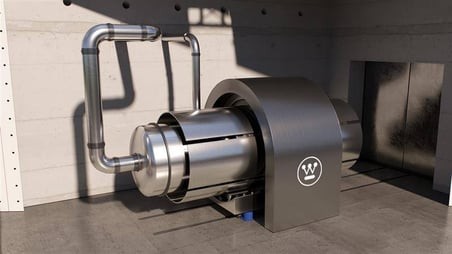MIT’s nuclear professional courses benefit United States—and now Australia too

Some 30 nuclear engineering departments at universities across the United States graduate more than 900 students every year. These young men and women are the present and future of the domestic nuclear industry as it seeks to develop and deploy advanced nuclear energy technologies, grow its footprint on the power grid, and penetrate new markets while continuing to run the existing fleet of reactors reliably and economically.

Course participants use MIT’s PWR glass-top simulator, which demonstrates the behavior of nuclear reactors.
But nuclear education is broader than a degree in nuclear engineering. Seasoned nuclear professionals at national laboratories, private companies, and academia benefit greatly from periodically refreshing and expanding their technical expertise. Moreover, with concerns about climate change and energy security increasing, nuclear is back to the center of the public debate.
A new and large community of stakeholders is emerging from diverse sectors including media, government, Wall Street, and philanthropy, and they are thirsty for authoritative information and advice about nuclear technologies. It is for this community that the Massachusetts Institute of Technology has curated its portfolio of nuclear professional education courses.
These short courses, ranging in duration from three days to three weeks, have gradually expanded in number since the first course was offered in 1966. The newest addition is Nuclear Technology for Marine Propulsion. This course was designed for leaders of the recently created Australian Submarine Agency (ASA), which manages the trilateral security partnership AUKUS, which gives Australia a mandate to own, operate, and staff a fleet of nuclear-powered submarines by 2040.
Jacopo Buongiorno, ANS Fellow and professor in the MIT Department of Nuclear Science and Engineering, is the founder and director of two of the nuclear professional education courses and a lecturer in four. He said, “We organize about a half-dozen such courses per year. Because of MIT’s brand and technical reputation, the programs are always fully subscribed.” Buongiorno added, “The purpose of these courses is to engage and educate a broad audience on the benefits and challenges of nuclear energy technology and its various uses across all sectors of the economy.”
Timely topics
There are currently five courses in MIT’s portfolio: Nuclear Energy in a Low-Carbon Future: Key Facts and Issues; Reactor Technology Course for Nuclear Utility Executives; Nuclear Technology for Marine Propulsion; Nuclear Plant Safety; and Nuclear Operational Risk Management. Classes are typically taught in person on campus at MIT or in a hybrid in-person/online style. Earlier this year, because demand was so great, the popular Nuclear Energy in a Low-Carbon Future short course was also offered in Prague, Czech Republic, and tailored to a more European-centered audience.
Regardless of where or how the courses are held, Buongiorno said, “All courses are taught by a mix of MIT faculty and non-MIT subject matter experts.” Fees for participants vary depending on the course. While Buongiorno could not disclose tuition information, he mentioned, “Nuclear Energy in a Low-Carbon Future is free and, in fact, we even provide travel support to those who cannot afford it.” Participants receive an MIT Professional Education Certificate of Completion for each course.
Key facts and issues
This three-day course, offered jointly with the Boston-based nonprofit organization Clean Air Task Force since 2019, was designed especially for journalists, congressional staffers, state government officials, nongovernmental organizations, investors, think tanks, and foundations. It has been held twice a year on campus and at various locations in the United States and Europe.
Participants are exposed to a variety of technically complex and important topics with the objective of providing “an informed basis for acting on and writing about nuclear energy, especially in the context of climate change and energy security.” These topics include energy needs, costs, safety, and waste disposal, as well as preventing the diversion of civilian nuclear material for weapons. Other topics delve into the relation between nuclear energy and climate change, basic technology of nuclear power plants, advanced reactors and advanced fuels, fusion energy, radiation health science, the role of hydrogen, and the history of public perception.
Previous speakers include Buongiorno; Kasparas Spokas of the Clean Air Task Force; attorney Elina Teplinsky; Atte Harjanne, a member of parliament in Finland; Argonne National Laboratory senior policy fellow Paul Dickman; Staffan Qvist of Quantified Carbon; the National Nuclear Security Administration’s Kevin Veal; Zachary Hartwig of MIT’s NSE department; and Bisconti Research’s Ann Bisconti.
Those who attend an on-campus course also can tour the MIT Nuclear Reactor Laboratory. This facility houses a 6-MW light water–cooled and –moderated, heavy water–reflected nuclear research reactor with flat, finned, aluminum-clad, plate-type fuel elements.

ASA Nuclear Technology for Marine Propulsion course participants take a quiz in 2024.
Technology course
The Institute of Nuclear Power Operations (INPO) is responsible for recruiting executives from U.S. and Canadian nuclear utilities for this invitation-only course, which has been offered by MIT and INPO since 1993. It lasts for three weeks in June and has 20 to 25 participants per session. Participants gain an improved understanding of the main principles of commercial reactor technology and sharpen their decision-making skills with laboratory and research reactor exercises, including working with MIT’s pressurized water reactor glass-top simulator.
MIT professors Michael W. Golay and Koroush Shirvan codirect the course, which covers a great deal of reactor-related material. This year featured more than a dozen professors and experts who led full days of lectures, topped off with homework and quizzes. Guest lecturers included MIT’s Paola Cappellaro, Benoit Forget, and Michael Short; Georgia Institute of Technology’s Anna Erickson; Ramon Martinez and Amanda Donges of INPO; Biomed Software’s Jacquelyn Yanch; Entergy Nuclear’s Kimberly Cook-Nelson; and Robert Coffey of NextEra Energy.
Despite the workload, participants also have some extracurricular fun. This year, the course included a cruise on the Charles I with dinner and drinks, as well as a bus trip to Seabrook Nuclear Power Plant for a tour, radiological protection demonstration, and full-scale simulator exercises.

The Nuclear Energy in a Low-Carbon Future class of 2023 poses at MIT.
Marine propulsion
MIT’s newest nuclear professional education course was founded and is directed by Buongiorno and Benoit Forget and takes place on campus. The ASA recruits participants from among agency leadership and other government agencies involved in Australia’s new and growing nuclear propulsion sector to fulfill one of the course’s objectives—enabling the building of a supportive leadership network in the Australian government to successfully carry out the mandates of the AUKUS agreement.
This course is an important addition to the MIT portfolio. Forget told MIT News earlier this year, “NSE is truly excited for the opportunity to help the Australian navy as they navigate the establishment of their nuclear program. Understanding the technology and establishing foundational safety principles is essential to the long-term success of their project, and we were glad to see the importance they attributed to these principles by seeking our help.”
Nuclear Technology for Marine Propulsion provides participants with the knowledge needed to make informed decisions in their positions and provides them with an appreciation of “the uniqueness and delicacy of nuclear reactor technology, which demands relentless attention to details and a humble mindset.”
Matters both theoretical and practical are covered in this course, including those particular to marine propulsion: emergency preparedness and port entry, nuclear shipyards, and nuclear propulsion technology labs. Community engagement and media communication are also lecture topics.
Speakers in 2024 included a number of MIT faculty. Other guest lecturers included Laura Hermann of Potentiary, retired Captain Michael Ford of the U.S. Navy, retired Vice Admiral Kevin McCoy (who currently is with BWX Technologies), retired Vice Admiral Dee Mewbourne, and retired Vice Admiral Bill Merz.
Plant safety
Reactor Technology Course for Nuclear Utility Executives participants measure radiation attenuation in the lab.
This online-only weeklong course covers several topics, including reactor safety and licensing, risk-informed operations, spent fuel storage management, cybersecurity, life extension of operating reactors, international perspectives on reactor safety, high-performance fuel, PWR and BWR materials, seismic safety, and spent fuel storage and disposal.
It was especially designed for technically trained representatives of the electrical power industry, including professionals from utilities and vendors, the Nuclear Regulatory Commission, the Department of Energy labs, and academia. Those with knowledge of nuclear technology and an interest in plant design, construction, operation, or regulation will benefit the most from this particular course.
Forget and Emilio Baglietto of MIT serve as codirectors of Nuclear Plant Safety. The course had a total of 22 lecturers in 2024, including representatives from the Nuclear Energy Agency, the Nuclear Energy Institute, Lawrence Berkeley National Laboratory, Idaho National Laboratory, the NRC, the Canadian Nuclear Safety Commission, as well as academia, utilities, and consulting firms.
Risk management
Available in a hybrid style, the majority of participants take this course in person, though it typically also has several online students. It was designed primarily to help nuclear power plant managers make more effective use of risk information in decision-making. It focuses on the practical application of probabilistic safety assessment (PSA), also known as probabilistic risk assessment (PRA).
The course covers such topics as risk management principles, the differences between deterministic and probabilistic safety assessments, and the use of risk information to achieve greater safety and efficiency in nuclear power plants.
Participants can interact with industry peers and with several experts from MIT and other institutions, including the NRC, the Electric Power Research Institute, the Nuclear Energy Institute, and INPO. This year, course director Michael Golay lectured about the history, industrial experience, and future considerations of PSA. Other speakers were Constellation’s Suzanne Loyd, Entergy’s Bryan Daiber, the NRC’s Michael Franovich, Jennifer Varnedoe of Duke Energy, and Dennis Henneke of GE Hitachi Nuclear Energy.
Substantial impact
The MIT nuclear professional education courses have had a positive and far-reaching impact on the U.S. nuclear sector. According to Buongiorno, “The impact has been substantial, but different for the different courses. For example, many journalists who have taken Nuclear Energy in a Low-Carbon Future reach back to us for advice and technical information about articles they write on nuclear-related topics. Similarly, investors who have taken that course may seek our help in doing due diligence for investments they are considering. A large fraction of current C-suite-level executives in the U.S. nuclear industry have taken the Reactor Technology Course for Nuclear Utility Executives and rave about the awareness and insight the course has provided about the nuclear power plants their companies own and operate.”
Buongiorno continued, “We just finished the second run of Nuclear Technology for Marine Propulsion, which this year was taken by 25 executives from across the Australian government. Among them was Admiral Jonathan Mead, who runs the ASA. It is a big deal for someone with the responsibilities of Admiral Mead to take two weeks out of their schedule to sit in a classroom at MIT and learn about nuclear reactors. He has stated that the course has gotten an instant reputation in Australia, and now he has a waitlist of people within the Australian government that want to take it. We’ll offer this course again next year.”
In fact, courses across the portfolio receive a lot of favorable feedback from participants. Buongiorno said, “Often we hear statements from participants like ‘This is the most rewarding class I have ever taken in my life.’ Not everybody feels that way, of course, but it gives you an idea of the effusive reviews. That’s why we keep running these programs.”
Fulfilling the mission
The nuclear professional education courses are helping MIT fulfill its stated mission, which—in addition to educating university students and advancing nuclear research—consists of informing the public discussion about nuclear science and technology. The courses have proven to be popular among participants, with Buongiorno noting that “requests for additional programs keep coming, but we want to take a prudent approach here, one that doesn’t inflate the brand and doesn’t burn out our faculty. As new opportunities to have a positive impact on the conversation about nuclear arise, we may consider expanding the portfolio of professional education courses further.”






